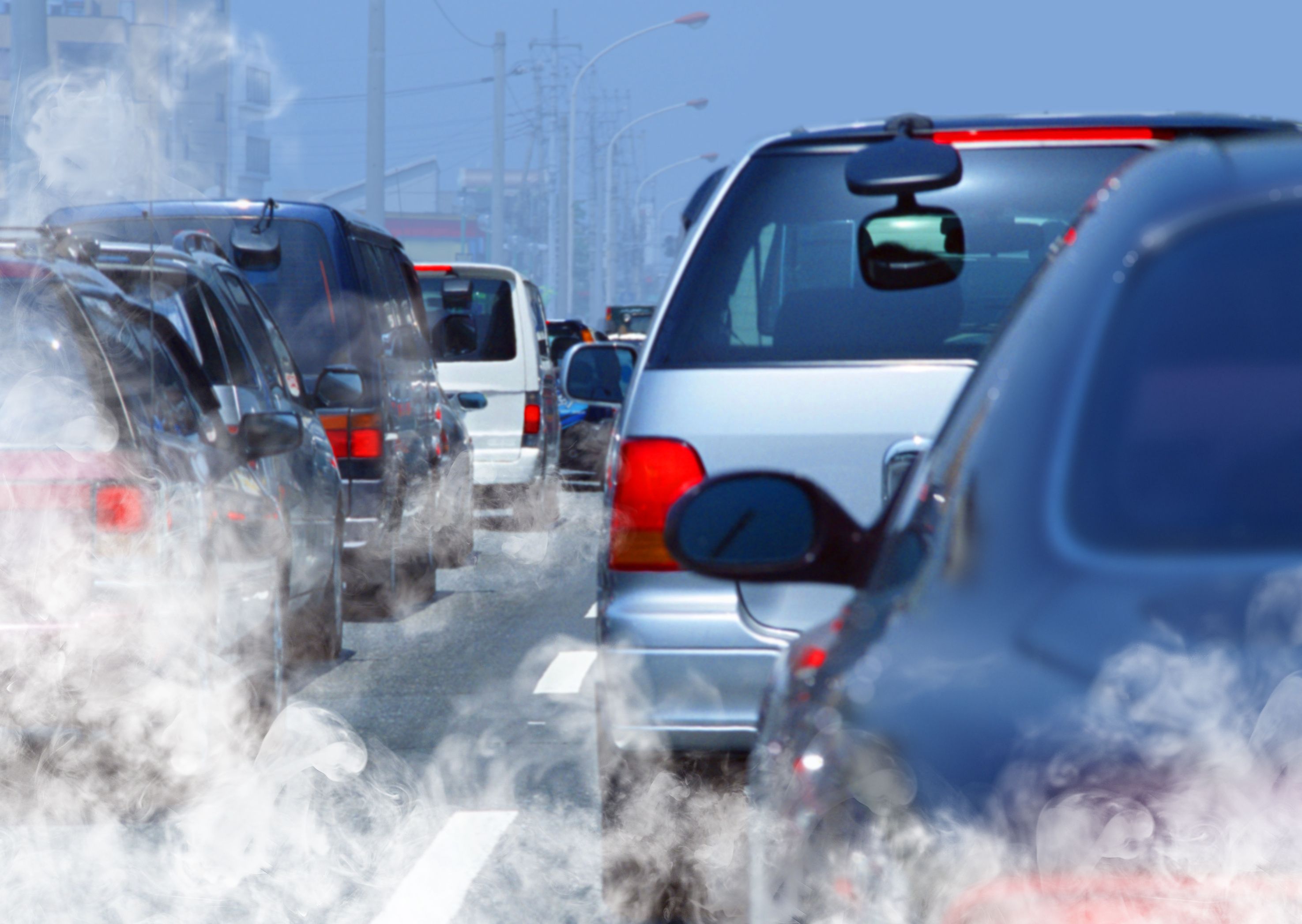- Center on Health Equity and Access
- Clinical
- Health Care Cost
- Health Care Delivery
- Insurance
- Policy
- Technology
- Value-Based Care
Air Pollution Linked to Childhood Asthma by Early, Middle Childhood
Air pollution exposure during the first 3 years of life was associated with asthma incidence, according to one study.
Early life air pollution was associated with increased incidence of childhood asthma by early and middle childhood, a study found. In this study, the researchers noted how additional environmental exposures may exacerbate the link between early life air pollution and increased asthma incidence.

The findings of this cohort study is published in JAMA Network Open.
“By examining multiple periods of exposure and health outcomes, this analysis adds to the growing epidemiologic evidence that early-life air pollution exposures are associated with the onset of childhood asthma,” wrote the researchers of the study.
While other studies have found that exposure to outdoor air pollution is linked to childhood asthma, many lack the geographic, racial and ethnic, and socioeconomic diversity to examine how this association impacts individual-level and community-level factors.
In the current study, the researchers aimed to examine the association between fine particulate matter (PM2.5) and nitrogen oxide (NO2) and asthma risk by early and middle childhood. Additionally, the study assessed whether individual and community-level characteristics impact the link between air pollution exposure and asthma.
The study included children enrolled in participating cohorts in the Children’s Respiratory and Environmental Workgroup consortium. These birth cohorts were located throughout the US and were recruited between 1987 and 2007, followed up through age 11 years. Additionally, the researchers for mother’s education, parental asthma, smoking during pregnancy, child’s race and ethnicity, sex, neighborhood characteristics, and cohort information.
Eight of the 12 birth cohorts were included in the analysis, which the researchers believed represented a diverse sample of children and their families living throughout the US.
The main outcome was a caregiver report of physician-diagnosed asthma at age 4 years and age 11 years. Statistical analysis was performed from February 2022 to December 2023.
A total of 5279 children were included in the study. Of these individuals, 1659 (31.4%) were Black, 835 (15.8%) were Hispanic, 2555 (48.4%) were White, and 229 (4.3%) were other race or ethnicity. Additionally, 1305 children (24.7%) had asthma by age 11 years and 954 (18.1%) had asthma by age 4 years.
One IQR increase in mean (SD) NO2 (6.1 μg/m3) over the firs 3 years of life was associated with increased asthma incidence through the first 4 years of life (hazard ratio [HR,] 1.25; 95% CI, 1.03-1.52) and through the first 11 years of life (HR, 1.22; 95% CI, 1.04-1.44).
For the same 3-year average, 1 IQR increase in mean (SD) PM2.5 (3.4 μg/m3) was associated with increased asthma incidence among children younger than 5 years (HR, 1.31; 95% CI, 1.04-1.66) and children than 11 years (OR, 1.23; 95% CI, 1.01-1.50).
Additionally, these associations were increased when mothers had less than a high school diploma, among Black children, in communities with fewer child opportunities, and in census tracts with higher percentages of Black individuals and in areas with higher population density.
However, the researchers noted some limitations to the study, including the potential for census data misclassification, the presence of other pollutants that are commonly found in urban environments like ozone and traffic-related air pollution that may also contribute to asthma, as well as missing information on the impact of pollution from other indoor environments.
Despite these limitations, the researchers believe this study showed that early-life air pollution exposure was associated with increased childhood asthma, with associations of PM2.5 and NO2 greater among those living in urban areas with fewer opportunities and resources, with the addition of other environment co-exposures.
“Air pollution continues to be a global burden with serious consequences on childhood health,” wrote the researchers. “Reducing asthma risk in the US requires regulation and reduction of air pollution combined with creation of greater environmental, educational, and health equity at a community level.”
Resource
Zanobetti A, Ryan PH, Coull BA, et al. Early-life exposure to air pollution and childhood asthma cumulative incidence in the ECHO CREW consortium. JAMA Netw Open. 2024;7(2):e240535. Published 2024 February 5. doi:10.1001/jamanetworkopen.2024.0535
Insurance Coverage Limits JAKi Therapy Access for Patients With AA, Especially Non-White Populations
April 25th 2024A survey study showed major barriers to Janus kinase inhibitor (JAKi) therapy for patients with alopecia areata, especially for non-White patients who face higher rates of being uninsured and struggle more to afford the treatment.
Read More
